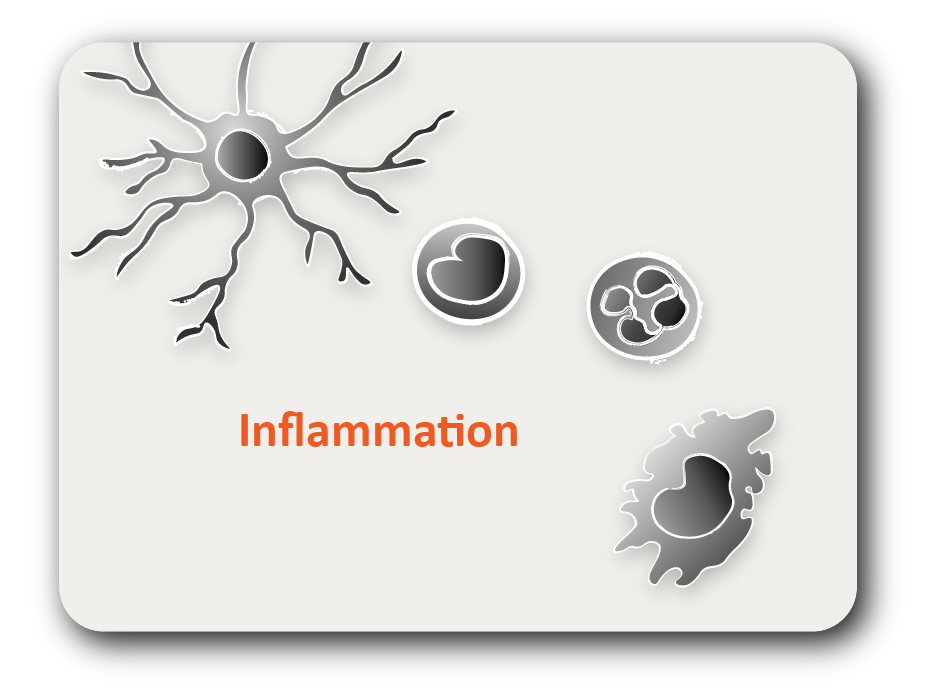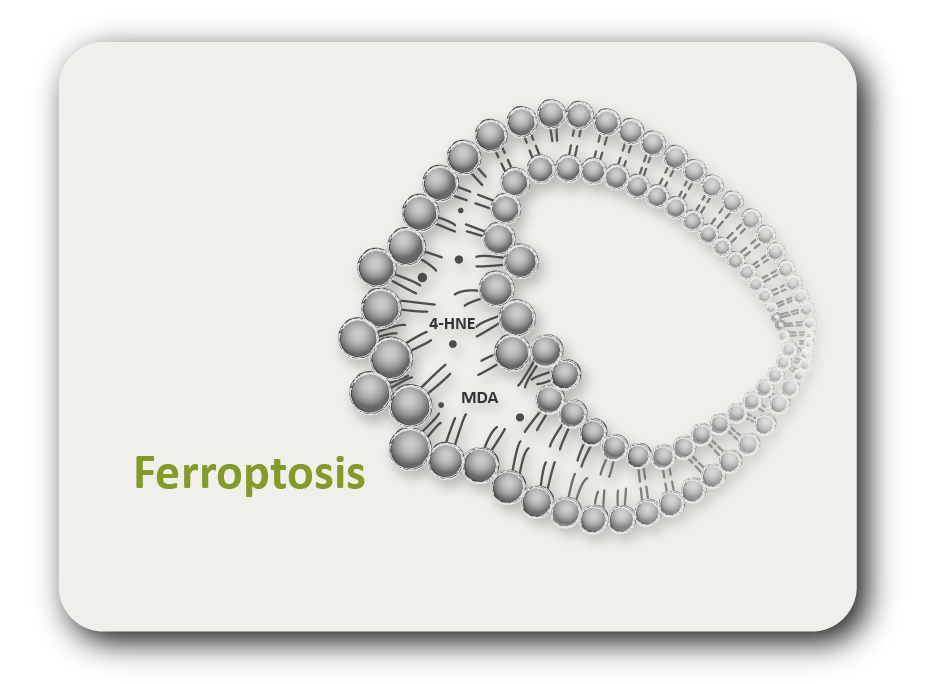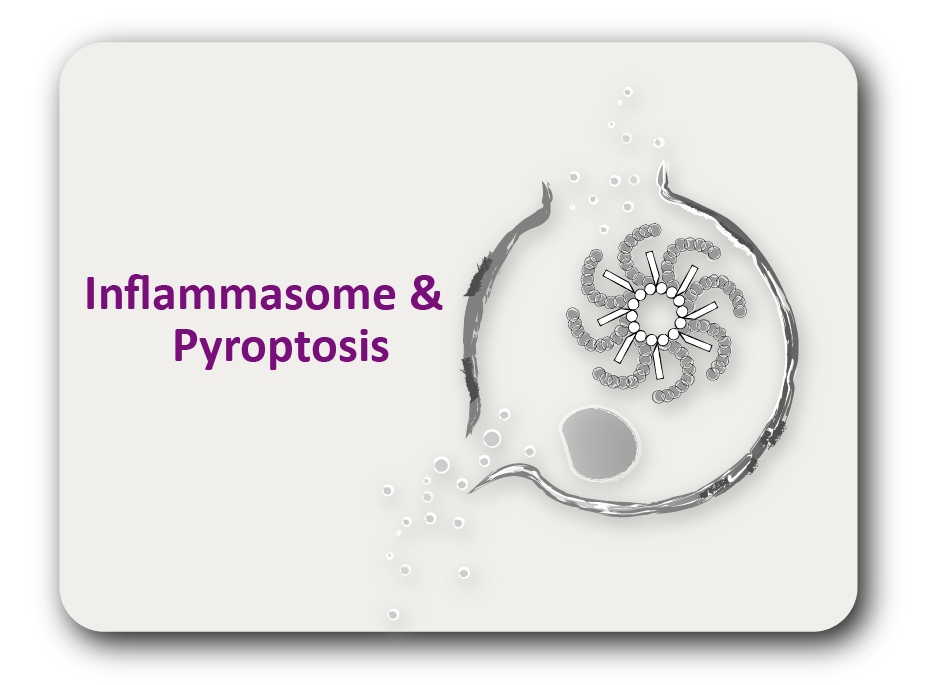ARG54880
anti-DDX58 / RIGI antibody
anti-DDX58 / RIGI antibody for Western blot and Human,Mouse
Gene Regulation antibody; Immune System antibody
概述
| 产品描述 | Rabbit Polyclonal antibody recognizes DDX58 / RIGI |
|---|---|
| 反应物种 | Hu, Ms |
| 应用 | WB |
| 宿主 | Rabbit |
| 克隆 | Polyclonal |
| 同位型 | IgG |
| 靶点名称 | DDX58 / RIGI |
| 抗原物种 | Human |
| 抗原 | KLH-conjugated synthetic peptide corresponding to aa. 894-925 (C-terminus) of Human RIGI. |
| 偶联标记 | Un-conjugated |
| 別名 | RIGI; RIG-I-like receptor 1; RIG-I; SGMRT2; Probable ATP-dependent RNA helicase DDX58; Retinoic acid-inducible gene 1 protein; DEAD box protein 58; EC 3.6.4.13; Retinoic acid-inducible gene I protein; RIG-1; RLR-1 |
应用说明
| 应用建议 |
|
||||
|---|---|---|---|---|---|
| 应用说明 | * The dilutions indicate recommended starting dilutions and the optimal dilutions or concentrations should be determined by the scientist. |
属性
| 形式 | Liquid |
|---|---|
| 纯化 | This antibody is prepared by Saturated Ammonium Sulfate (SAS) precipitation followed by dialysis against PBS. |
| 缓冲液 | PBS and 0.09% (W/V) Sodium azide |
| 抗菌剂 | 0.09% (W/V) Sodium azide |
| 存放说明 | For continuous use, store undiluted antibody at 2-8°C for up to a week. For long-term storage, aliquot and store at -20°C or below. Storage in frost free freezers is not recommended. Avoid repeated freeze/thaw cycles. Suggest spin the vial prior to opening. The antibody solution should be gently mixed before use. |
| 注意事项 | For laboratory research only, not for drug, diagnostic or other use. |
生物信息
| 数据库连接 |
Swiss-port # O95786 Human Probable ATP-dependent RNA helicase DDX58 Swiss-port # Q6Q899 Mouse Probable ATP-dependent RNA helicase DDX58 |
|---|---|
| 基因名称 | DDX58 |
| 全名 | DEAD (Asp-Glu-Ala-Asp) box polypeptide 58 |
| 背景介绍 | DEAD box proteins, characterized by the conserved motif Asp-Glu-Ala-Asp (DEAD), are putative RNA helicases which are implicated in a number of cellular processes involving RNA binding and alteration of RNA secondary structure. This gene encodes a protein containing RNA helicase-DEAD box protein motifs and a caspase recruitment domain (CARD). It is involved in viral double-stranded (ds) RNA recognition and the regulation of immune response. [provided by RefSeq, Jul 2008] |
| 生物功能 | Innate immune receptor which acts as a cytoplasmic sensor of viral nucleic acids and plays a major role in sensing viral infection and in the activation of a cascade of antiviral responses including the induction of type I interferons and proinflammatory cytokines. Its ligands include: 5'-triphosphorylated ssRNA and dsRNA and short dsRNA (<1 kb in length). In addition to the 5'-triphosphate moiety, blunt-end base pairing at the 5'-end of the RNA is very essential. Overhangs at the non-triphosphorylated end of the dsRNA RNA have no major impact on its activity. A 3'overhang at the 5'triphosphate end decreases and any 5'overhang at the 5' triphosphate end abolishes its activity. Upon ligand binding it associates with mitochondria antiviral signaling protein (MAVS/IPS1) which activates the IKK-related kinases: TBK1 and IKBKE which phosphorylate interferon regulatory factors: IRF3 and IRF7 which in turn activate transcription of antiviral immunological genes, including interferons (IFNs); IFN-alpha and IFN-beta. Detects both positive and negative strand RNA viruses including members of the families Paramyxoviridae: Human respiratory syncytial virus and measles virus (MeV), Rhabdoviridae: vesicular stomatitis virus (VSV), Orthomyxoviridae: influenza A and B virus, Flaviviridae: Japanese encephalitis virus (JEV), hepatitis C virus (HCV), dengue virus (DENV) and west Nile virus (WNV). It also detects rotavirus and reovirus. Also involved in antiviral signaling in response to viruses containing a dsDNA genome such as Epstein-Barr virus (EBV). Detects dsRNA produced from non-self dsDNA by RNA polymerase III, such as Epstein-Barr virus-encoded RNAs (EBERs). May play important roles in granulocyte production and differentiation, bacterial phagocytosis and in the regulation of cell migration. [UniProt] |
| 细胞定位 | Cytoplasm. Cell projection, ruffle membrane. Cytoplasm, cytoskeleton. Cell junction, tight junction Note=Colocalized with TRIM25 at cytoplasmic perinuclear bodies Associated with the actin cytoskeleton at membrane ruffles |
| 产品亮点 | Related products: DDX58 antibodies; Anti-Rabbit IgG secondary antibodies; Related news: Exploring Antiviral Immune Response |
| 研究领域 | Gene Regulation antibody; Immune System antibody |
| 预测分子量 | 107 kDa |
| 翻译后修饰 | Phosphorylated in resting cells and dephosphorylated in RNA virus-infected cells. Phosphorylation at Thr-770, Ser-854 and Ser-855 results in inhibition of its activity while dephosphorylation at these sites results in its activation. ISGylated. Conjugated to ubiquitin-like protein ISG15 upon IFN-beta stimulation. ISGylation negatively regulates its function in antiviral signaling response. Sumoylated, probably by MUL1; inhibiting its polyubiquitination. Ubiquitinated. Undergoes 'Lys-48'- and 'Lys-63'-linked ubiquitination. Lys-172 is the critical site for TRIM25-mediated ubiquitination, for MAVS/IPS1 binding and to induce anti-viral signal transduction (PubMed:17392790). Lys-154, Lys-164 and Lys-172 are critical sites for RNF135-mediated and TRIM4-mediated ubiquitination (PubMed:19017631, PubMed:19484123, PubMed:24755855). Deubiquitinated by CYLD, a protease that selectively cleaves 'Lys-63'-linked ubiquitin chains (PubMed:18636086). Also probably deubiquitinated by USP17L2/USP17 that cleaves 'Lys-48'-and 'Lys-63'-linked ubiquitin chains and positively regulates the receptor (PubMed:20368735). Ubiquitinated at Lys-181 by RNF125, leading to its degradation: ubiquitination takes place upon viral infection and is enhanced 'Lys-63'-linked ubiquitination of the CARD domains, which promote interaction with VCP/p97 and subsequent recruitment of RNF125 (PubMed:17460044, PubMed:26471729). |





